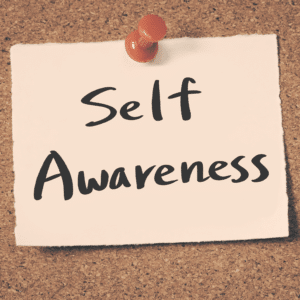Pengantar
I’m a big fan of feedback. I like getting feedback, giving feedback, and reading about other people’s feedback. Feedback is powerful because it helps us learn from our experiences and make better decisions in the future. But not all kinds of feedback are created equal—and some are downright harmful! That’s why you have to watch out for these three things when giving student feedback:The Importance of Receiving Feedback in the Classroom
Feedback is an essential component of learning. As students progress through the school year, feedback can help them improve their writing skills and develop strategies for success in the future. It’s important to note that teacher-student relationships are built on trust–and trust only develops when you’re open with your students about what you expect from them. If a student writes a paper that gets good feedback from their teacher, then they’ll be more likely to try again with another assignment down the road because they know what works!How can we improve student feedback?
There are a few things that you can do to ensure that your feedback is as effective as possible.- Give it in real time, so the student can immediately apply what they’ve learned from the experience. This will help them improve more quickly and effectively than waiting until after class or after a test, when it may be too late for them to make improvements before an important project deadline has passed.
- Make sure your comments are meaningful for each individual student–if a particular piece of advice doesn’t apply well to one person’s learning style or skill level (or if another piece does), then don’t force-feed him/her with information they won’t use! Instead of just saying “You need more practice,” try giving specific suggestions on how he/she could practice better next time: “Try working on those equations again with pen and paper first before using technology; sometimes this helps me figure out where my mistakes were made.” Or maybe even give some tips on how he/she could better understand concepts through various resources available online–that way everyone wins!
Feedback should be used to grow, not grade.
Feedback is a tool to help students learn and improve. It should not be used as a tool for grading. Instead, feedback should be given early and often–and in ways that help students grow from their mistakes. This can be done through both verbal and written communication. In fact, we think it’s important for teachers to offer both kinds of feedback because they complement one another well: written comments provide structure and organization while face-to-face conversation allows for deeper exploration of ideas or concepts that may be confusing or difficult for students (and teachers!) to grasp on their ownA positive feedback loop has enormous benefits for students.
When students receive timely, specific and positive feedback, they are more likely to be engaged in the learning process. This is because they understand what they need to do to improve their performance and have specific steps on how they can do so. Students also benefit from constructive criticism, which can help them learn from their mistakes instead of repeating them over again in future performances or assignments. Constructive criticism is essential for effective learning; however it should never be used as an opportunity for teachers or professors to put down students’ work or make them feel bad about themselves as individuals (this is called abusive feedback). Instead, constructive feedback should focus on helping students improve their skills by pointing out areas where improvement is needed so that they can develop strategies for improvement going forwardGetting feedback early and often helps students improve more quickly.
- Early and often. The sooner you can give feedback, the better. If a student is struggling with a particular concept, it’s best to address the problem before he or she becomes too far behind in class.
- Consistency is key. Whether you use written notes or verbal comments during class discussions, make sure that your students know exactly what they need to improve on and how they can do so by providing consistent feedback throughout their time at school–from kindergarten through graduation!
- Timeliness matters! Make sure not only that your feedback comes early but also that it arrives in time for students’ learning needs at each point along their academic journey (i.e., college).









